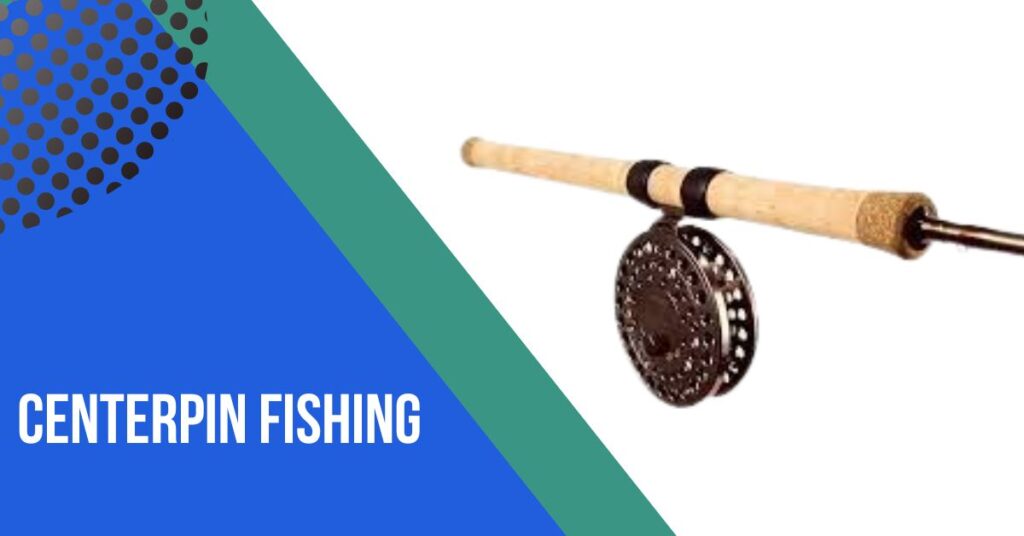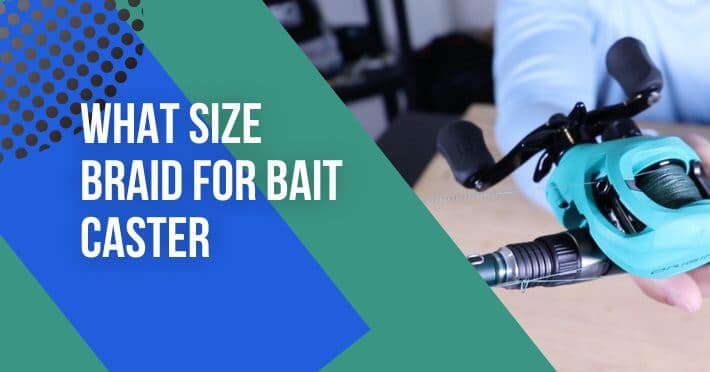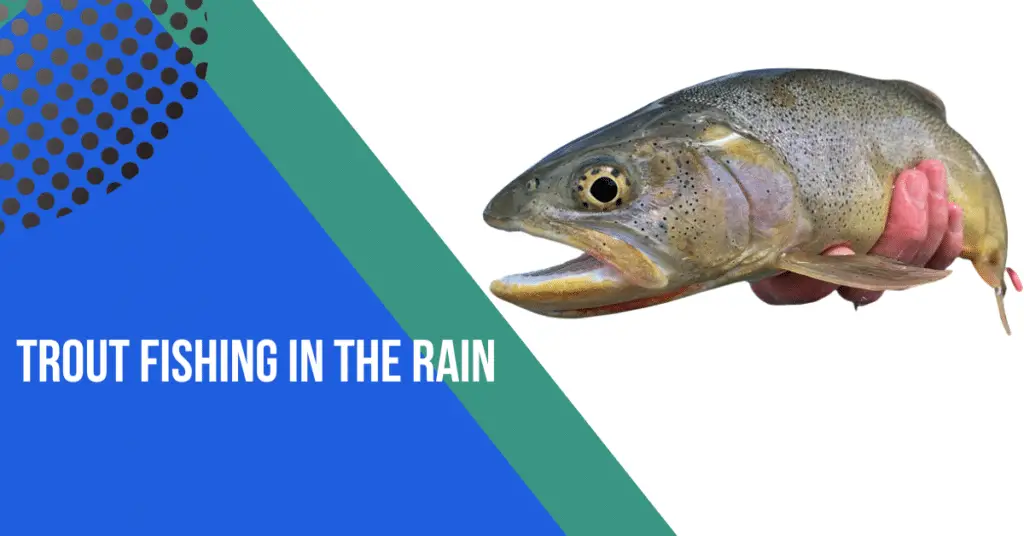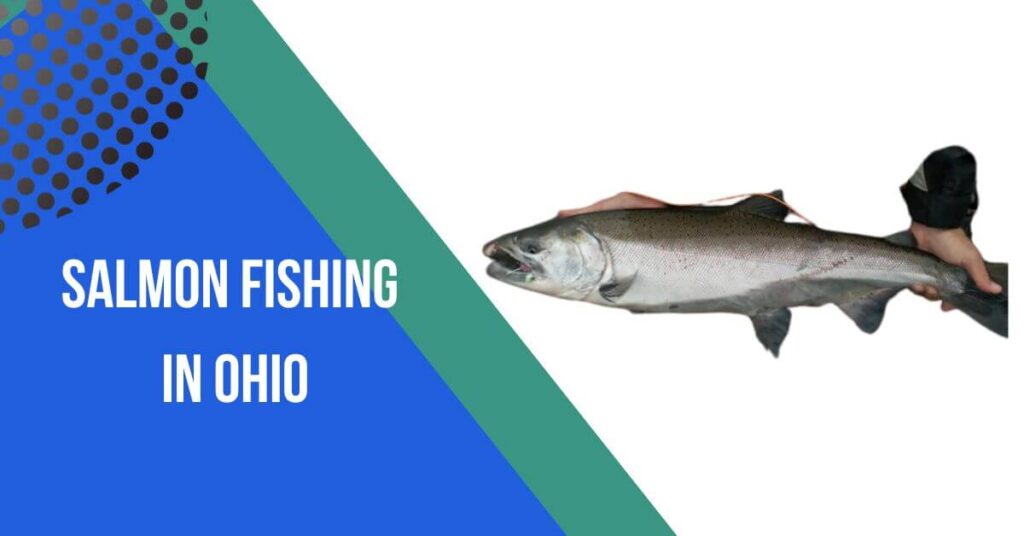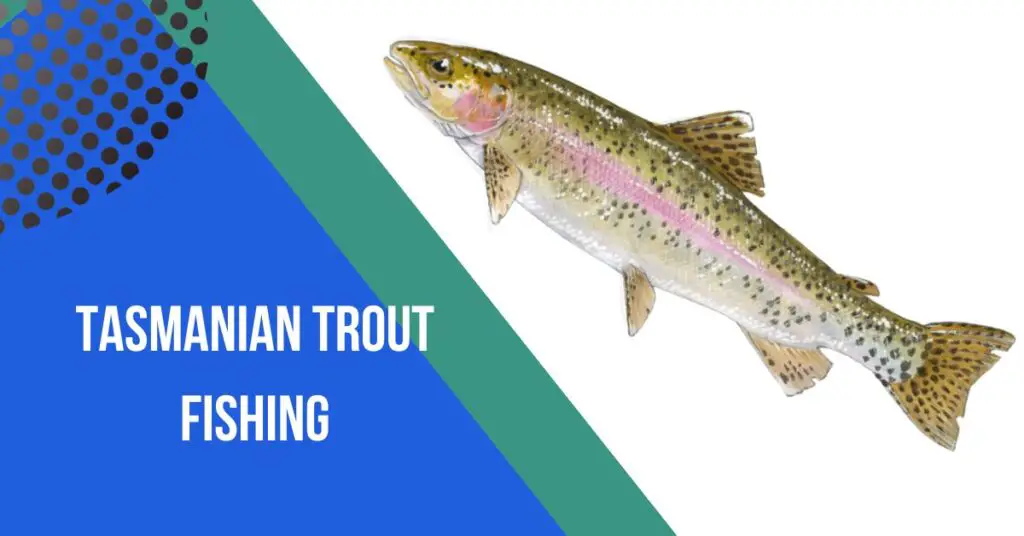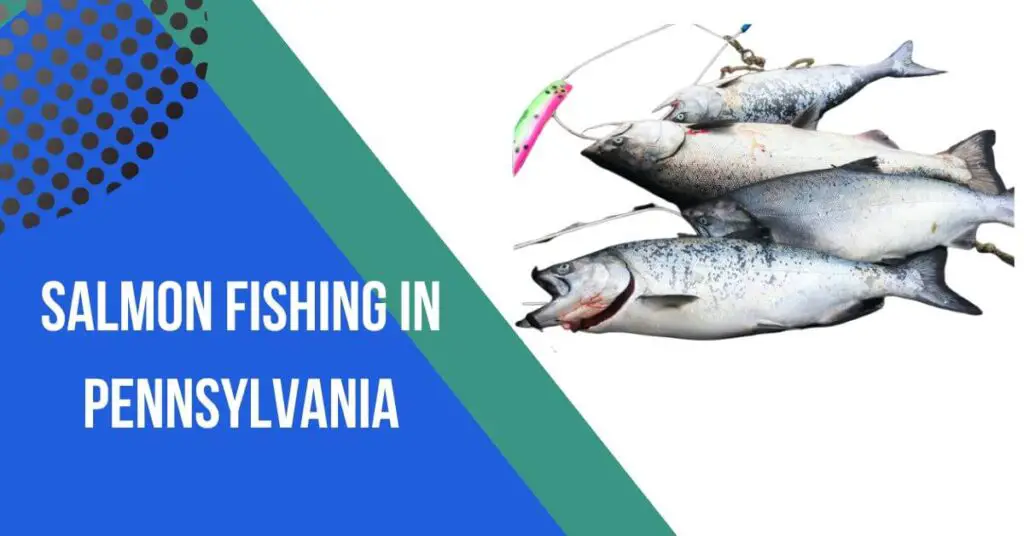Contents
- 1 Centerpin Fishing
- 2 Targeted Fish Species:
- 3 Design and Functionality:
- 4 Central Axis Spooling:
- 5 Free Spool Mechanism:
- 6 Large Arbor Spool:
- 7 Minimal Friction:
- 8 Ambidextrous Design:
- 9 Precision Machining:
- 10 Minimal Mechanical Components:
- 11 Smooth Drift Control:
- 12 Long and Flexible Characteristics:
- 13 Length:
- 14 Flexibility:
- 15 Sensitivity:
- 16 Bend and Load Capacity:
- 17 Casting Distance:
- 18 Drift Control:
- 19 Balanced Setup:
- 20 Drift Fishing Basics:
- 21 Understanding the Drift:
- 22 Components of the Drift Setup:
- 23 Selecting the Right Depth:
- 24 Reading Water Currents:
- 25 Casting Techniques:
- 26 Controlling the Drift:
- 27 Mending Line:
- 28 Detecting Strikes:
- 29 Patience and Observation:
- 30 Conclusion:
- 31 FAQs:
Centerpin fishing is a popular angling technique known for its simplicity and effectiveness in catching fish, particularly salmon and steelhead. The key component of this method is the centrepin reel, a specialized reel that allows the line to spool off the reel’s center axis freely. Anglers use long, flexible rods and a drift or float to present bait or lure to fish in flowing water. The centrepin reel’s design enables precise control over the drift, providing a natural presentation that entices fish to bite. This method is favored for its immersive and hands-on approach, making it a favorite among dedicated anglers seeking a challenging and rewarding fishing experience.
Centerpin Fishing
Centerpin fishing is a specialized angling technique characterized by using a centerpin reel, a unique reel design that allows the line to spool off freely from the center axis. This method is commonly employed in freshwater environments, particularly in rivers and streams, to target fish species like salmon and steelhead. The angler uses a long and flexible rod, along with a drift or float setup, to present bait or lures naturally as they navigate the flowing water. Centerpin fishing is known for its immersive and hands-on approach, requiring skill and precision to control the drift and entice fish to bite.
Targeted Fish Species:
Centerpin fishing is particularly popular for targeting various freshwater fish species, especially those found in rivers and streams. The technique is commonly employed to catch the following fish:
- Salmon: Centerpin fishing is widely used to pursue salmon, which often migrate up rivers for spawning. The method allows anglers to present bait or lures in a way that mimics the natural drift of food in the current.
- Steelhead: Known for their powerful runs and acrobatic leaps, steelhead is a prized catch for centrepin anglers. The precise control over the drift provided by the centrepin reel is advantageous in enticing these elusive fish.
- Trout: Various species of trout, including rainbow trout and brown trout, can be targeted using centerpin fishing techniques. The ability to present bait naturally in the water is effective in luring trout.
- Char: Species like brook trout and Dolly Varden char are also pursued by centrepin anglers in suitable freshwater environments.
- Grayling: Centerpin fishing is sometimes employed to target grayling, a freshwater fish known for its distinctive dorsal fin and willingness to bite on artificial and natural baits.
While these species are commonly targeted, centrepin fishing techniques can be adapted for other freshwater fish in flowing water environments, making it a versatile approach for various angling scenarios.
Design and Functionality:
The design and functionality of a centerpin reel set it apart from conventional fishing reels. Here are key aspects of its design and functionality:

Central Axis Spooling:
Central Pin: The reel features a central pin around which the fishing line is wound. This design allows the line to spool off freely and evenly from the center, providing a natural and controlled drift in flowing water.
Free Spool Mechanism:
No Drag System: Unlike traditional reels with drag systems, centerpin reels typically lack drag settings. Instead, they rely on the free-spooling nature of the reel, allowing the line to be pulled out by the current or a biting fish.
Large Arbor Spool:
Large Diameter: Centerpin reels often have large arbor spools with a significant diameter. This design allows for increased line capacity, which is important when dealing with long drifts in rivers.
Minimal Friction:
Low-Friction Bearings: High-quality center pin reels incorporate low-friction bearings to minimize resistance, ensuring that the spool spins effortlessly. This characteristic is crucial for achieving a smooth and controlled drift.
Ambidextrous Design:
Reversible Handle: Many center pin reels have a reversible handle, allowing anglers to switch between left and right-hand retrieve based on their preference.
Precision Machining:
Quality Materials: Centerpin reels are often machined from high-quality materials such as aluminum or stainless steel. This precision machining contributes to the durability and overall performance of the reel.
Minimal Mechanical Components:
Simplicity: Centerpin reels are designed with simplicity in mind, often featuring fewer mechanical components than traditional reels. This simplicity enhances reliability and ease of maintenance.
Smooth Drift Control:
Balance and Control: The design of the centerpin reel, when paired with a suitable rod, allows for precise control over the drift of the bait or lure. Anglers can manipulate the reel’s rotation to navigate the presentation through the water effectively.
The combination of these design elements and functionalities makes the centrepin reel well-suited for drift fishing scenarios, where a natural presentation is crucial for enticing fish in flowing water.
Long and Flexible Characteristics:
When referring to the “long and flexible characteristics” in the context of centrepin fishing, it primarily pertains to the design features of the fishing rod used in conjunction with a centrepin reel. Here’s an exploration of these characteristics:
Length:
Long Rods: Centerpin fishing rods are typically longer than traditional fishing rods. The extended length, often ranging from 11 to 15 feet or more, serves multiple purposes. It allows anglers to make longer casts and provides better control over the fishing line during the drift.
Flexibility:
Moderate to High Flex: Centerpin rods are designed with a moderate to high level of flexibility or “action.” This flexibility helps absorb the shock of a fish’s sudden movements and facilitates a more natural presentation of the bait or lure in the water.
Sensitivity:
Sensitive Tips: Despite their length and flexibility, centrepin rods often feature sensitive tips. This sensitivity is crucial for detecting subtle movements or bites, especially when fishing in rivers where fish may pick up the bait delicately.
Bend and Load Capacity:
Deep Bend: The design encourages the rod to bend deeply, allowing it to load up under the pressure of a hooked fish. This bend, combined with the reel’s free-spooling nature, helps absorb the fish’s energy and prevent sudden line breaks.
Casting Distance:
Improved Casting: The length and flexibility of centerpin rods contribute to improved casting distance. Anglers can cast their bait or lure further into the river, covering more water and increasing the chances of presenting their offering to potential fish.
Drift Control:
Controlled Drift: The long and flexible characteristics of the rod, when paired with a centerpin reel, provide anglers with better control over the drift of their presentation. This is crucial for mimicking natural bait movement in the current.
Balanced Setup:
Harmony with Centerpin Reel: The rod’s length and flexibility are carefully balanced to complement the centerpin reel’s design. This harmony in the setup allows for a seamless and effective fishing experience.
In summary, the long and flexible characteristics of centrepin fishing rods are tailored to enhance casting distance, improve sensitivity, and facilitate controlled drifts in flowing water. These features make center pin fishing a specialized and effective method for anglers targeting fish in rivers and streams.
Drift Fishing Basics:
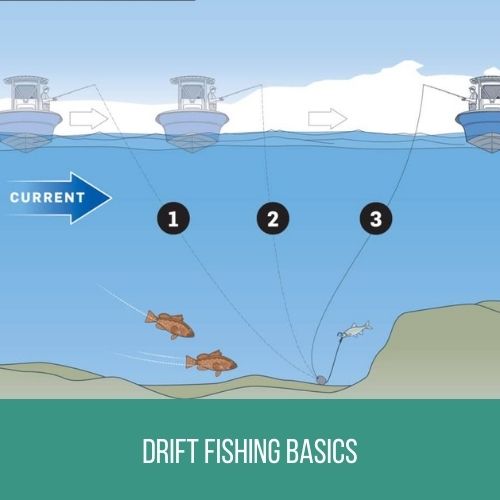
Drift fishing is a fundamental aspect of centerpin fishing, and mastering its basics is crucial for success. Here’s an overview of drift fishing basics in the context of centrepin angling:
Understanding the Drift:
Natural Presentation: Drift fishing aims to present bait or lures in a natural and unhurried manner, mimicking the flow of food in the water. The goal is to entice fish by making the presentation appear realistic.
Components of the Drift Setup:
Float or Bobber: A buoyant float or bobber is used to suspend the bait or lure at a specific depth in the water. The float is chosen based on the target species and the water conditions.
Leader and Tippet: A leader connects the main fishing line to the bait or lure. The tippet is the finer section of the leader that directly attaches to the bait.
Selecting the Right Depth:
Adjusting Float Depth: The angler must set the depth at which the bait or lure is presented by adjusting the position of the float on the fishing line. Knowing the water depth and the location of the fish is essential for this adjustment.
Reading Water Currents:
Identifying Features: Understanding the river or stream’s current is crucial. Look for features such as seams, eddies, and breaks where fish are likely to hold. Adjust the drift to target these areas effectively.
Casting Techniques:
Upstream Casts: Anglers often cast upstream and allow the bait or lure to drift naturally downstream. This approach ensures a more natural presentation and helps cover a larger area of water.
Controlling the Drift:
Reel Management: With a centrepin reel, controlling the drift involves manipulating the reel’s rotation to let out or retrieve lines as needed. This requires a delicate touch and a keen sense of the current’s speed.
Mending Line:
Preventing Drag: “Mending” involves manipulating the fishing line on the water’s surface to prevent unnatural drag on the bait. This ensures that the presentation moves convincingly.
Detecting Strikes:
Watching the Float: Visual cues, such as the movement or disappearance of the float, indicate a potential strike. Anglers must stay alert to these signals and be ready to set the hook.
Patience and Observation:
Observing Fish Behavior: Drift fishing requires patience and keen observation. Understanding fish behavior and adjusting the drift based on their responses can significantly improve success.
Mastering these drift fishing basics, combined with the unique features of centrepin reels and rods, enhances an angler’s ability to present bait effectively and increases the likelihood of a successful catch.
Conclusion:
In conclusion, centerpin fishing offers anglers a specialized and immersive approach to freshwater fishing. With its distinctive reel design, long and flexible rods, and emphasis on drift fishing, this technique is particularly effective for targeting species like salmon and steelhead in rivers and streams. The natural presentation of bait, precise control over the drift, and hands-on experience contribute to the appeal of centerpin fishing. Whether you’re a seasoned angler seeking a new challenge or a beginner exploring different fishing methods, centerpin fishing provides a unique and rewarding adventure on the water.
FAQs:
Q: What is a centerpin reel?
A: A centerpin reel is a specialized fishing reel with a central spooling mechanism that allows the fishing line to spool off freely from the center axis. It is commonly used in centerpin fishing for its ability to provide a natural drift in flowing water.
Q: What types of fish can be targeted with centerpin fishing?
A: Centerpin fishing is often used to target species like salmon, steelhead, trout, char, and grayling. The technique is effective in rivers and streams where these fish are commonly found.
Q: How do I control the drift in centerpin fishing?
A: Controlling the drift involves manipulating the rotation of the centerpin reel to let out or retrieve the line, allowing the bait or lure to move naturally with the current. Anglers need to adjust their reel management techniques based on the water’s speed and features.
Q: Why are center pin rods long and flexible?
A: Centerpin rods are long (typically 11 to 15 feet or more) and flexible to enhance casting distance, improve sensitivity to subtle bites, and facilitate a controlled drift. The combination of a long rod and centerpin reel allows for precise presentation in flowing water.
Q: Can center pin fishing be used in still water?
A: While center pin fishing is traditionally associated with flowing water, some anglers adapt the technique for still water, such as lakes. However, it’s essential to modify the setup and techniques to suit the characteristics of still water.
Q: Are centrepin reels suitable for beginners?
A: Centerpin fishing has a learning curve, but it can be rewarding for beginners willing to invest time in mastering the technique. The hands-on experience and immersive nature of centrepin fishing can make it a unique and enjoyable learning journey for anglers of all levels.
Q: What are the advantages of a centrepin reel over other reel types?
A: Centerpin reels provide a natural drift, precise control, and enhanced sensitivity. Their design allows longer and more accurate casts in river environments, making them advantageous for certain fishing scenarios, especially when targeting species that respond well to a lifelike presentation.
Q: How do I maintain a centerpin reel?
A: Regular maintenance involves cleaning the reel, checking for any damage or wear, and applying lubrication as needed. Anglers should follow the manufacturer’s guidelines for specific care instructions to ensure the longevity and optimal performance of the centerpin reel.

